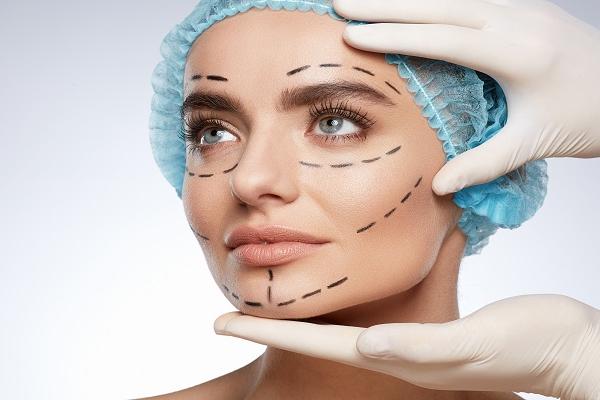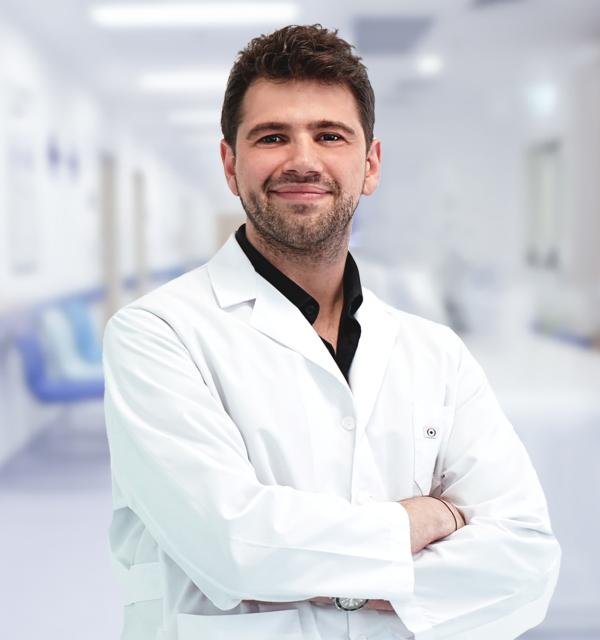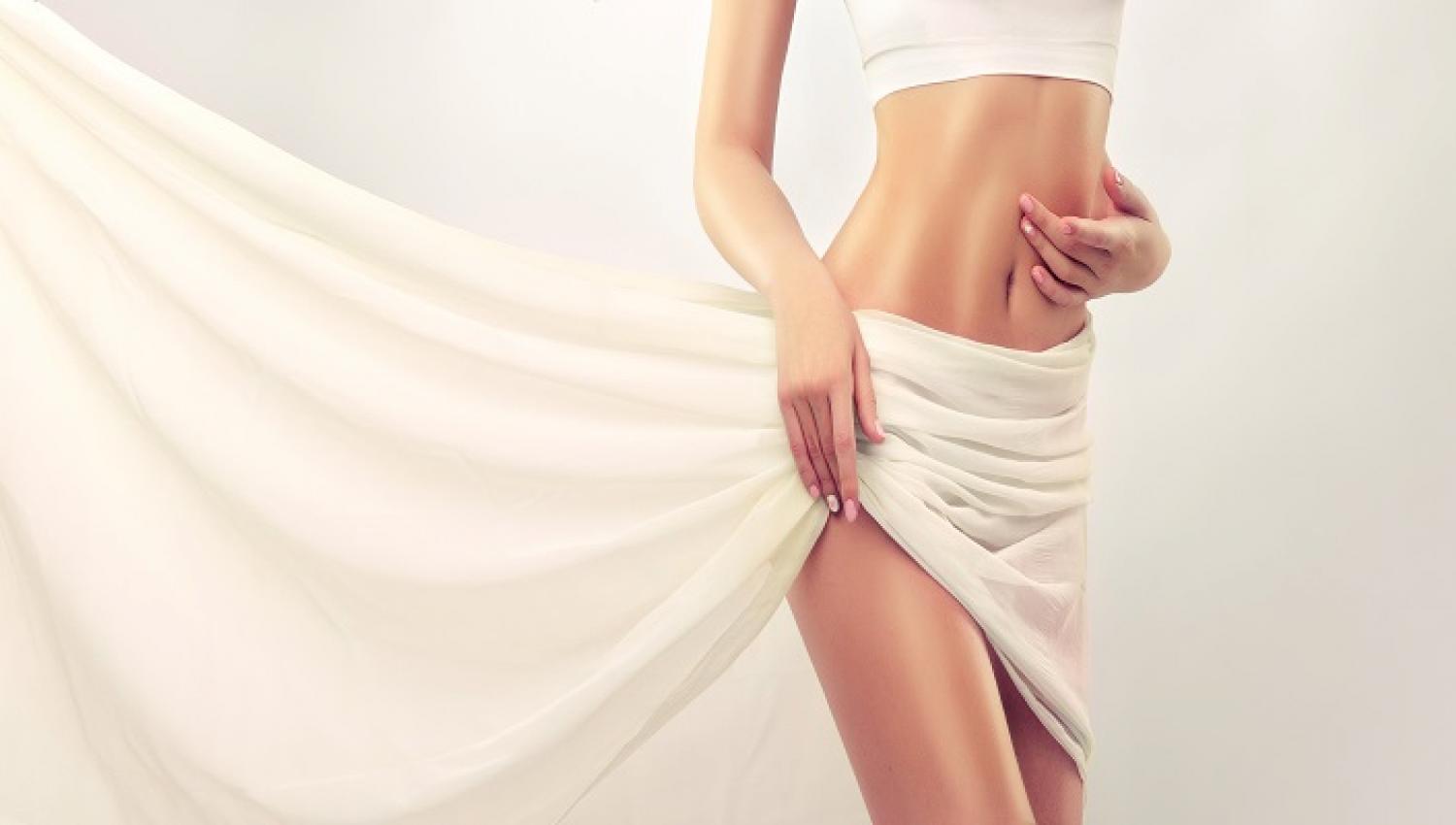The eye skin is one of the most sensitive areas of our skin. Moreover, the biggest factor that creates our personality is our eyes and gaze. Therefore, whether you have a surgical or non-surgical procedure, you should definitely apply to specialists.
Yeditepe University Hospitals Plastic, Reconstructive, and Aesthetic Surgery Specialist explained in detail the applications that can be made around the eyes due to the effects of aging.
How do we see the signs of aging around the eyes? How do these effects happen according to age and how do they progress?
The effects of facial aging can be explained by three mechanisms. These are
- Loss or decrease in the elasticity of the skin
- Volume loss
- Sagging
Around the eyes, the traces of aging are seen in a wide perspective and clarity. Let us examine them one by one:
Atrophy of the bones forming the eyeball (structural shrinkage of the bones): This situation causes an increase in the volume of the eyeball, which we call enophthalmos, and leads to the inability of the eye to stay in the ideal position.
Volume loss: It is seen as a decrease in fat tissue, especially in the temporal region, upper eyelid, and midface (cheek region). Tear trough can appear as temporal and periorbital hollowing.
Sagging: The loss of resistance of connective tissue and muscles over time causes sagging. We see traces of this as eyebrow drooping, eyelid drooping, and lacrimal gland sagging. The loss of elasticity of the skin causes an increase in skin laxity, skin sagging, thinning of the skin, and wrinkles over time.
Has the interest in rejuvenation operations for the eye skin increased with the use of masks?
In my practice, it would not be right for me to give a straight answer to this in a general way. However, in my practice, I can say that my non-surgical procedures, especially for the eye area, have increased. With the use of masks, we can think that only our eyes being exposed and other parts of the face being not visible has drawn attention to the eye and its surroundings. However, the eye is always the focal point that draws attention with its expressions and movements. Poems, songs, and words written about it tell us that the interest in the eye is independent of the mask... Finally, let's end this question with the beautiful words of Audrey Hepburn: “A woman's beauty is seen in her eyes because the eyes are the entrance to the heart where love lives.”
What are the scars around the eyes that make-up cannot cover?
Deep wrinkles, droopy eyebrows and eyelids, and tear trough deformity can be counted as a few of the situations that cannot be covered with make-up.
To whom and how are these procedures applied? What changes does it make to the appearance?
These procedures, also called minimally invasive, can be applied to people with milder complaints and in the young and middle age group. It can also be done by agreeing that there may be a suboptimal result in the direction of the person's request in people with more severe deformation and advanced age. These are short procedures that can be applied in the hospital and examination room. Conditions such as redness may occur at the application site, but the person can continue his/her daily life. Botox applications begin to take effect in three to five days and have a lifespan of about four to six months. The effect of filling applications can be seen immediately, and they take effect between 6-12 months depending on the cross-links and weight of the filling. The effects of mesotherapy applications begin to be seen a few days after the procedure, but repeat sessions are required at 7–15-day intervals in order for them to be more beneficial. After that, re-applications can be made at certain intervals. Since Botox prevents wrinkles, the light reflects directly and the skin around the eyes looks lively and bright.
It also helps to provide a more vigorous appearance by preventing eyebrow and eyelid drooping, albeit minimally. The filler supports a lively and healthy appearance by preventing dimpling in the temporal region, tear trough deformity, and more prominent bone structure due to volume and displacement in the fat tissue. Mesotherapy promises a more lively, bright, and healthy appearance by providing vitamin support.
Who prefers upper eyelid surgery and why?
The upper eyelid droops with aging and can directly affect the visual field. In other words, although there is no loss in the visual function of the eye, it creates a physical obstacle. Especially when looking at the outer sides. Also, one of the complaints we receive more often is that it causes a tired look. Eyelid drooping can also be accompanied by eyebrow drooping. Such situations can be revealed during the examination and can be performed together with eyebrow suspension, forehead lift, or temporal lift. These complaints can generally be experienced by middle-aged and older patient groups. The surgery can be a little painful. It takes about 30-60 minutes and can be done with local anesthesia. It does not require hospitalization. There may be edema and bruises in the eyes, but these complaints go away within a week. Although the effect is seen immediately, it can reach its final state in a few months depending on the healing of the edema. Since aging will not stop after surgery, its effect is expected to last 8-10 years.
When planning this surgery, what should be considered in order to avoid negative consequences?
After surgery, you can get younger and livelier looks. You can also get rid of the tired expression on your face. You can apply eye make-up that is more prominent and looks better. As important as choosing the right technique and physician, the accompanying diseases or other special conditions should be clearly conveyed to your physician in the preoperative evaluation. It may even be necessary not to perform this surgery, especially in people with eye dryness. After the surgery, the eyes may remain open for a while during sleep. It is a temporary situation, but it is important to keep the eye moist and use tear gels during this time. It is also important to apply ice after the surgery, lie down with the head elevated, and use the medications given by your physician regularly.
What procedures can be performed on the lower eyelid?
For the lower eyelid, partial removal of the excess skin, similar to the upper eyelid, suspension (canthoplasty) on the outer edge of the eye, and removal of excess fat hernias under the eyes are performed together. It can be combined with a midface lift, facelift, or other surgical procedures. It is recommended to do it under general anesthesia.
What procedures can be performed against under-eye bags?
In order to camouflage the under-eye bags, oil or ready-made filling applications can be applied around them. The main treatment is to perform lower eyelid aesthetic surgery and this procedure is done by removing the herniated under-eye fat tissue or transferring excess fat tissue to the area called tear trough deformity.
Why do bruises under the eyes occur? What actions can be taken according to the causes of formation?
Dark circles around the eyes can cause complaints as a factor that negatively affects the quality of life. Although its etiology is not fully understood, pigmentation may be due to structural and vascular problems. One of the main reasons is the accumulation of melanin pigment. In addition, skin thickness, which decreases with age, can cause a dark appearance, such as more pronounced veins. Apart from these, fat hernias and chronic skin disorders in that region are also among the causes. Laser methods, chemical skin peeling, or topical creams can be used to provide color lightening. Fillers and fat graft applications can be performed in conditions caused by volume loss. Studies show that PRP and mesotherapy agents are effective. If it is due to fat herniation, it may be necessary to remove the herniated fat tissue together with the lower eyelid aesthetics.
”


